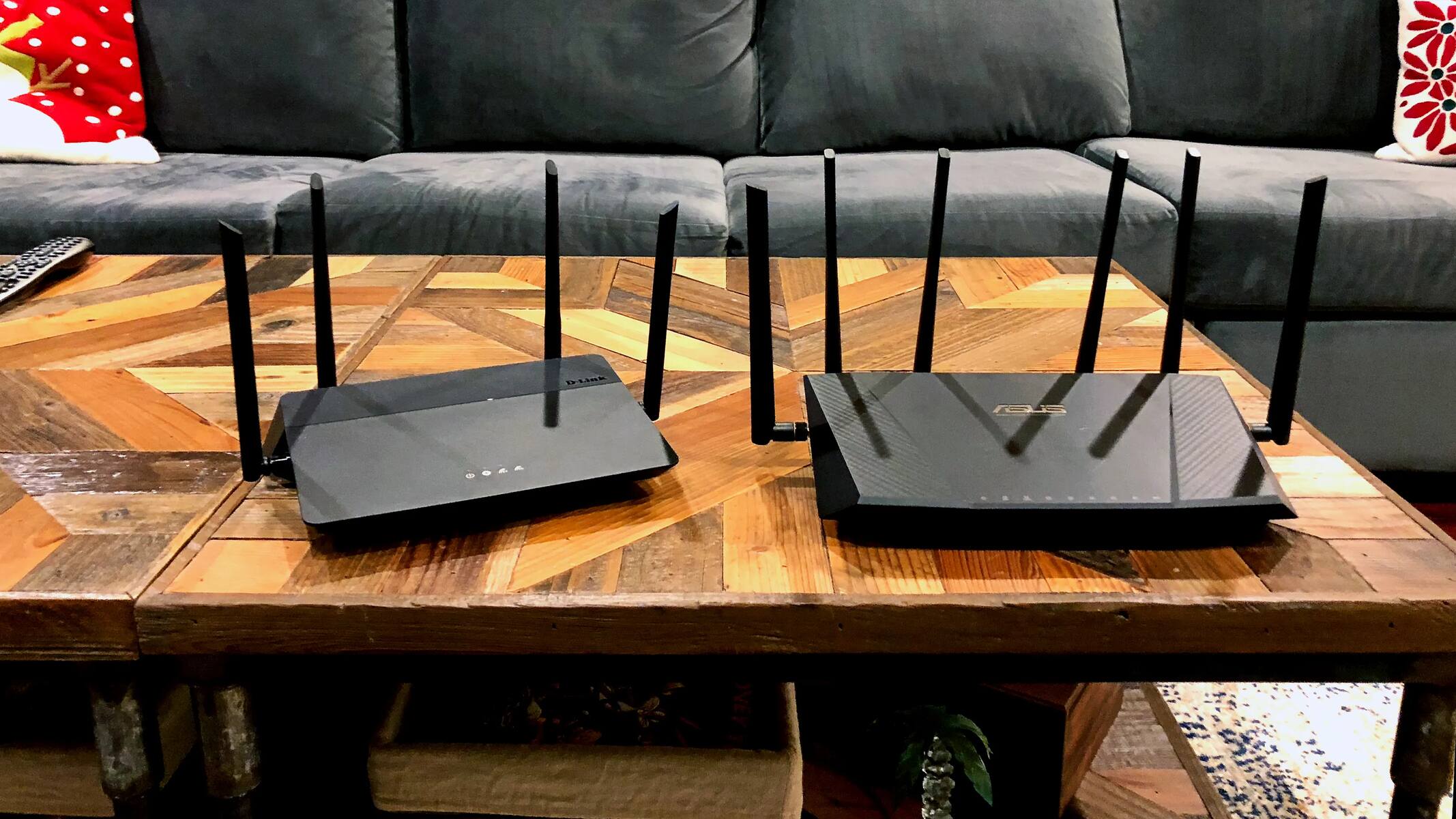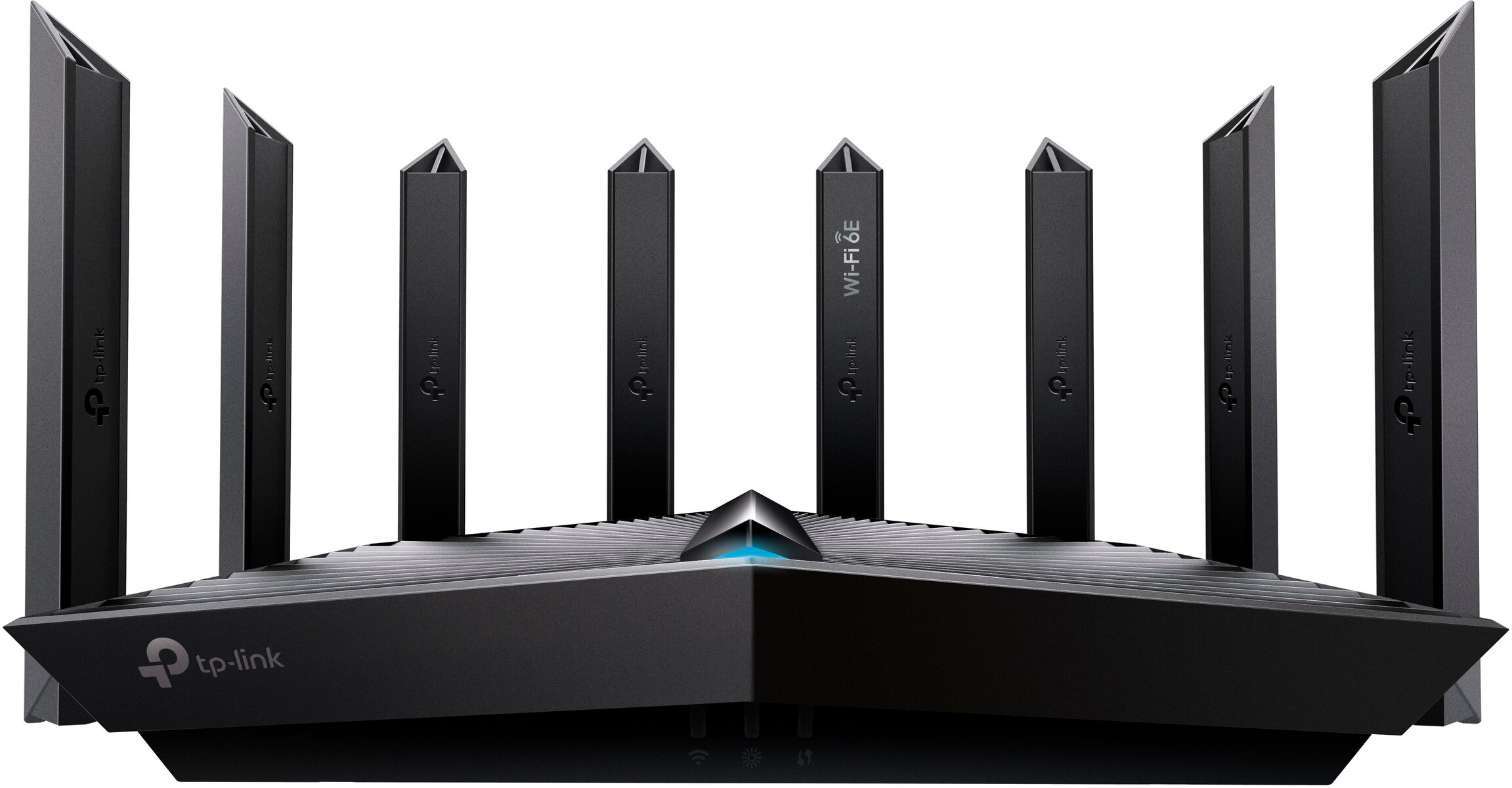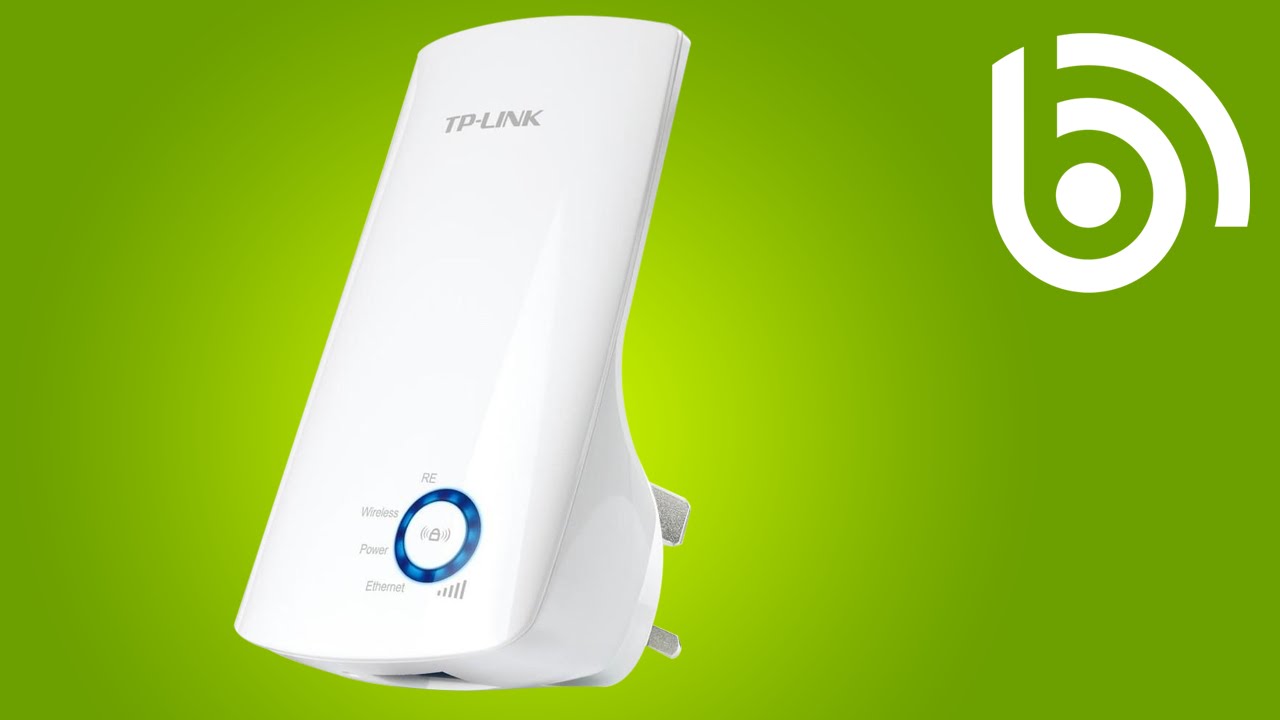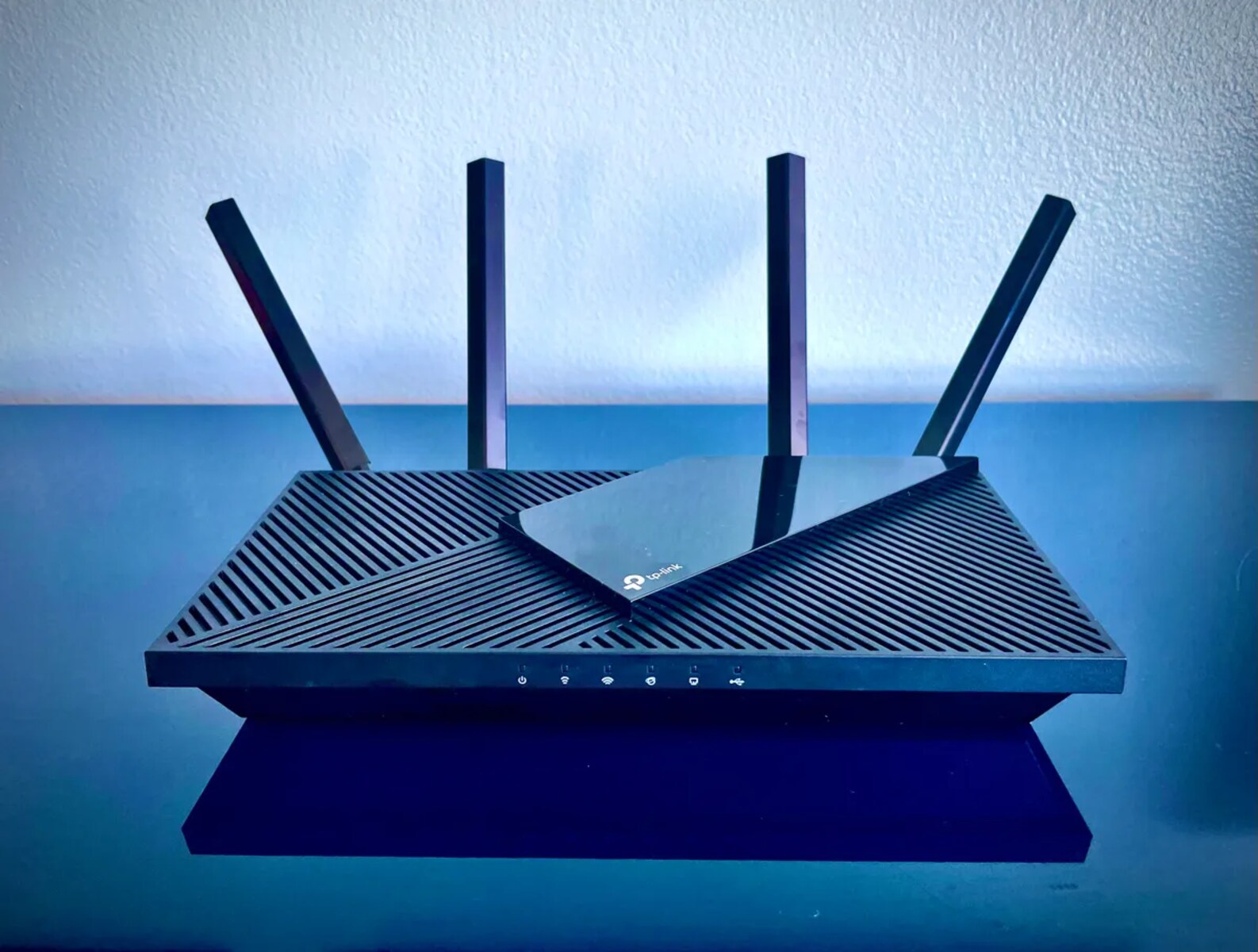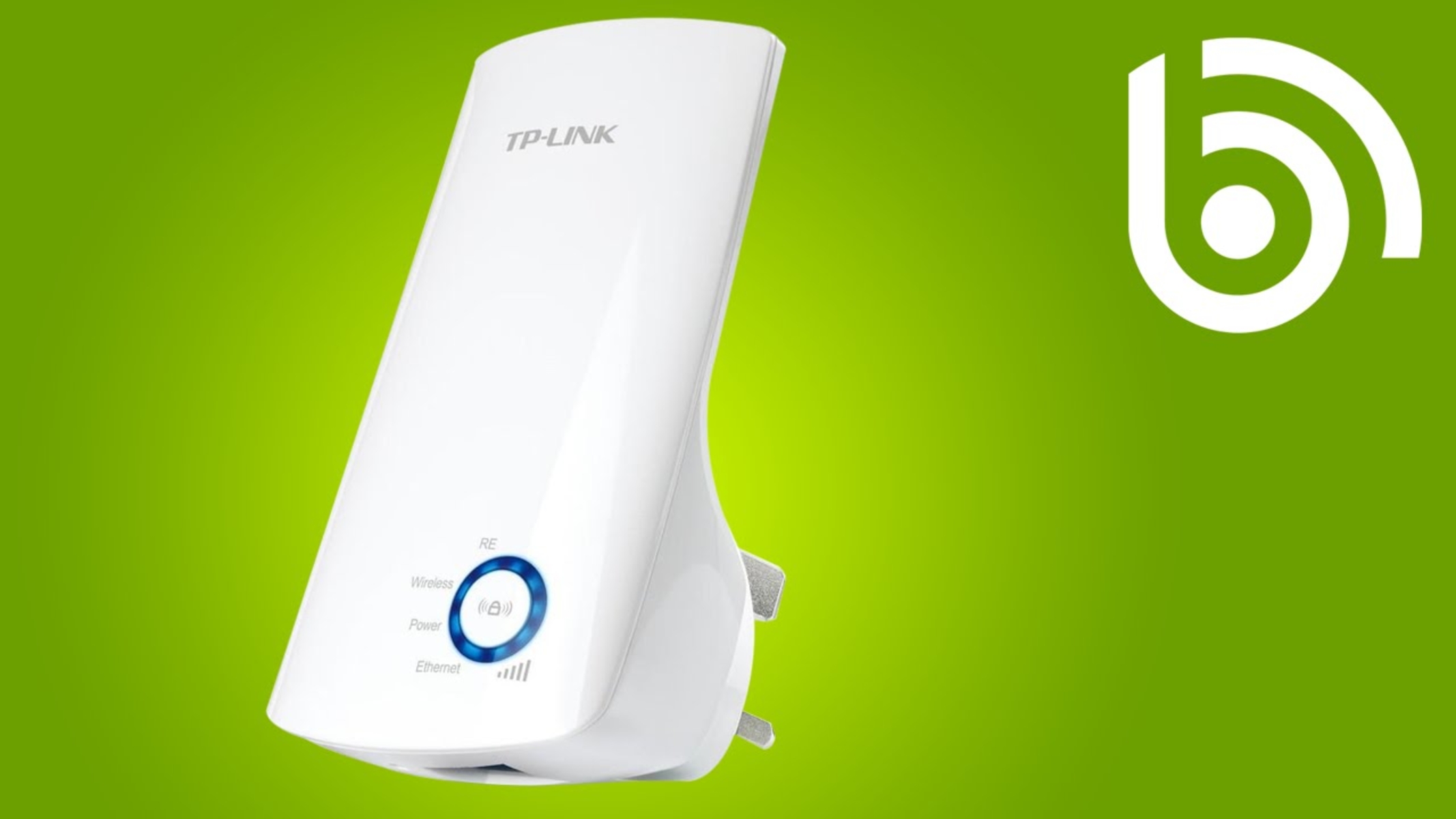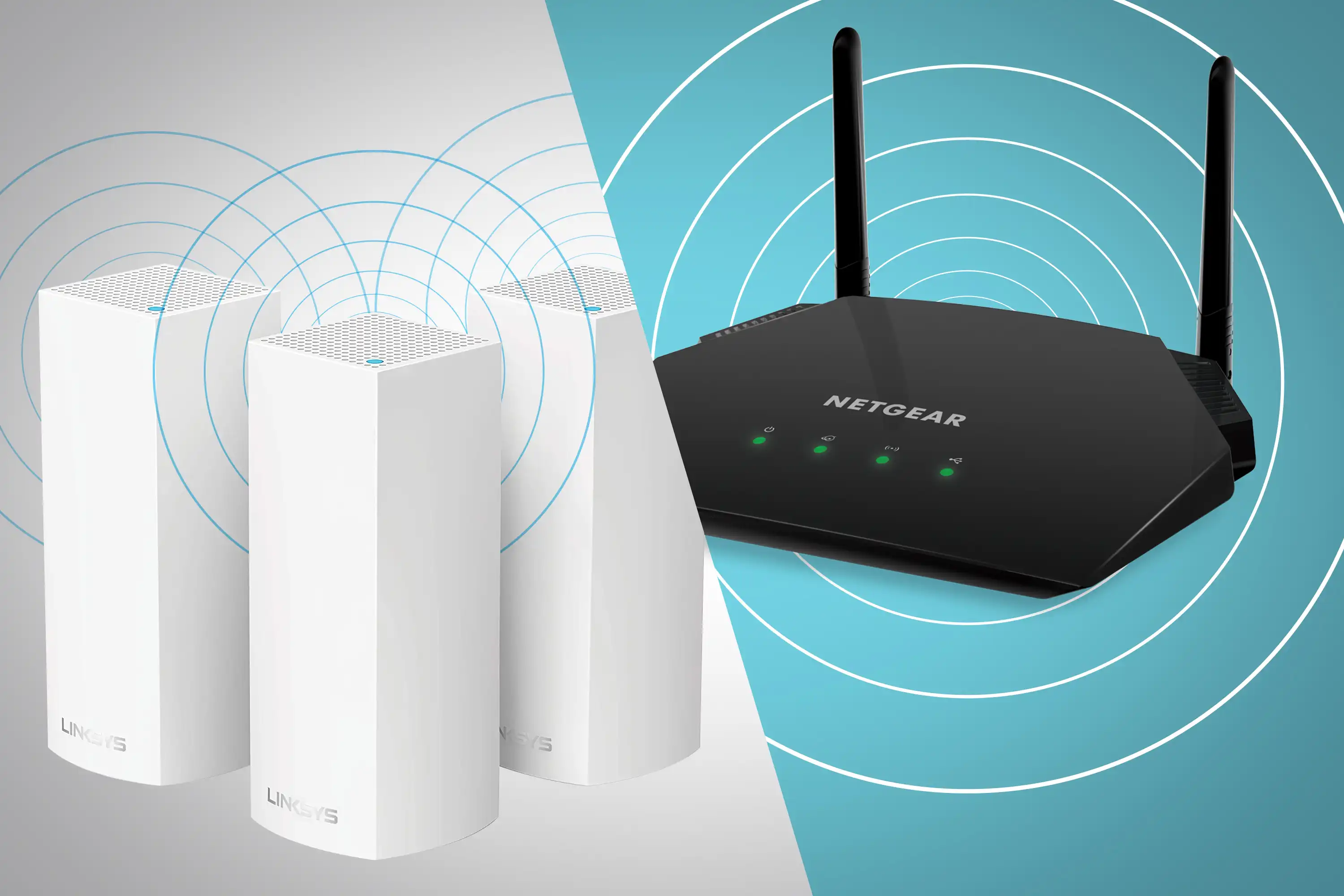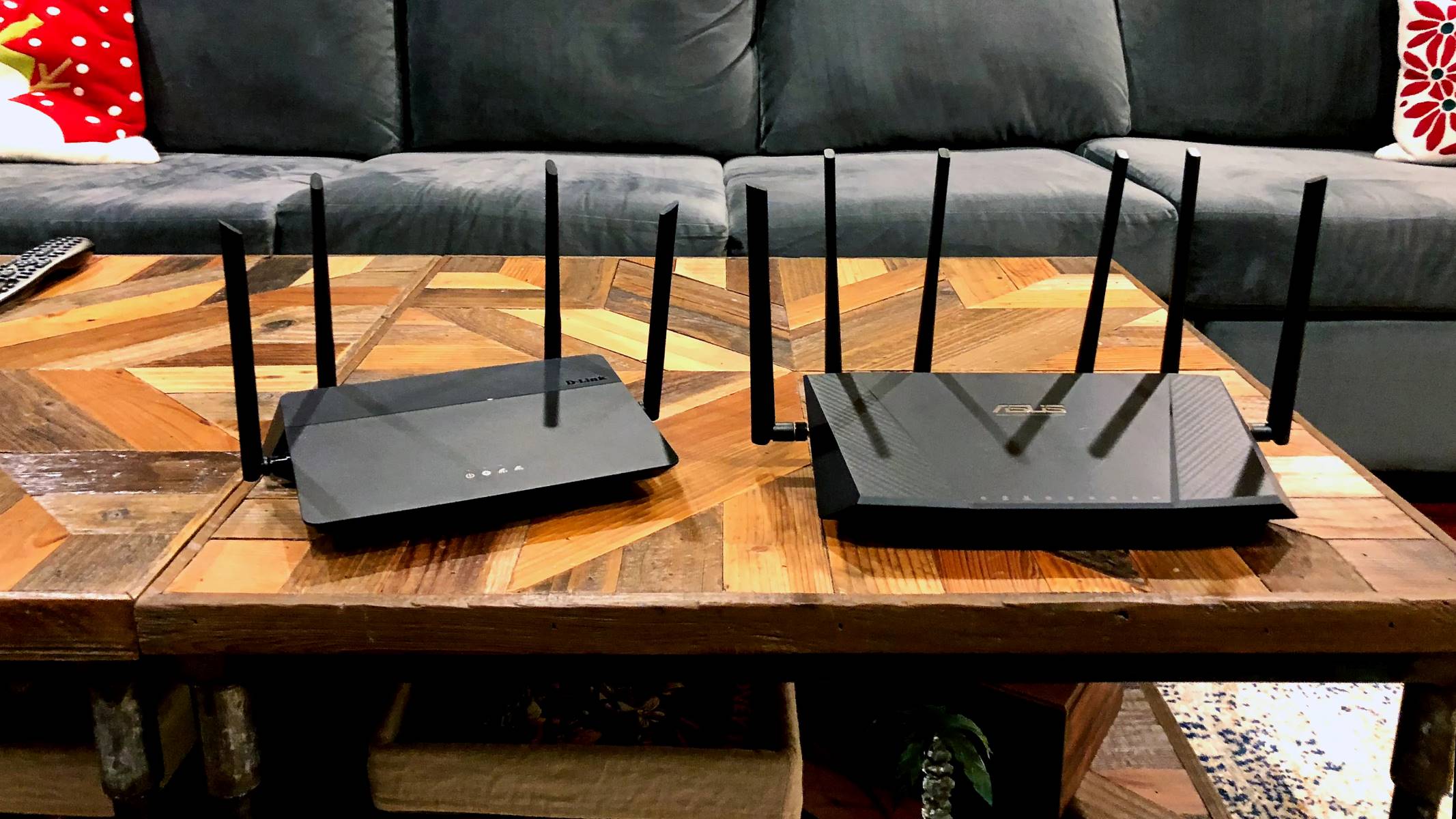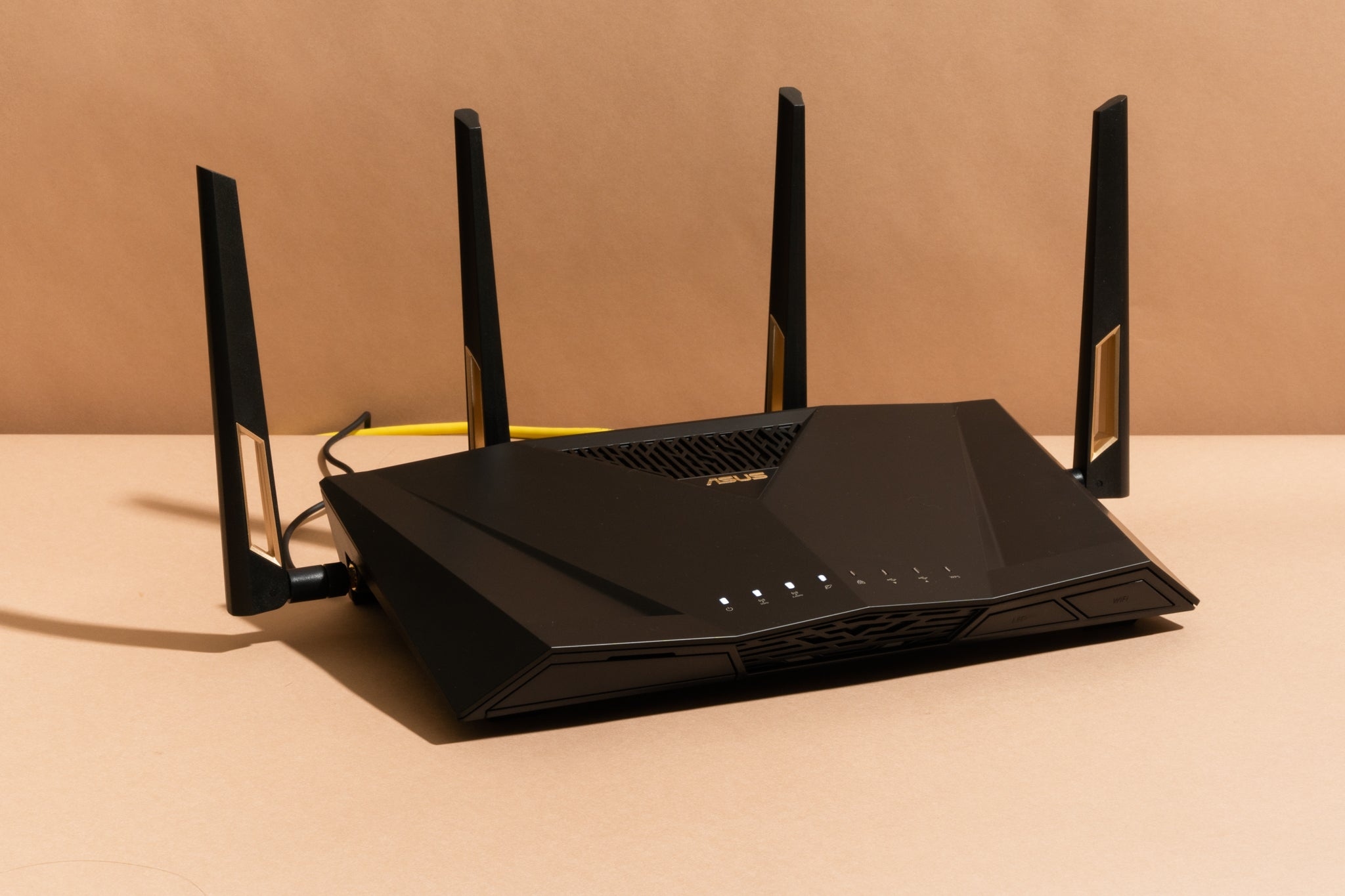Reasons to Change the Password on TP-Link Wireless Router
Changing the default password on your TP-Link wireless router is essential for maintaining the security and privacy of your home network. Here are a few reasons why you should consider changing your router’s password:
- Protection Against Unauthorized Access: The default password provided by TP-Link is widely known, making it easier for hackers to gain access to your network. By changing the password, you can prevent unauthorized users from connecting to your router and accessing your personal information.
- Preventing Network Intrusions: Leaving the default password unchanged is risky as it leaves your network vulnerable to potential attacks. Changing the password makes it harder for cybercriminals to infiltrate your network and compromise your devices.
- Securing Sensitive Data: Your router manages the flow of data between your devices and the internet. By changing the password, you add an extra layer of security to protect sensitive data such as financial information, personal documents, and passwords.
- Defending Against DNS Hijacking: Some malicious individuals manipulate DNS settings to redirect users to malicious websites. By changing the router password, you reduce the chances of falling victim to DNS hijacking attempts.
- Preventing Bandwidth Theft: If your wireless network is not password protected, neighbors or nearby individuals may connect to it and use your bandwidth without your consent. Changing the password ensures that only authorized users can access your network.
By changing the default password on your TP-Link wireless router, you enhance the overall security and protect your network from potential threats. Follow the step-by-step guide below to change the password on your TP-Link wireless router and enjoy a safer online experience.
Step-by-Step Guide to Change the Password on TP-Link Wireless Router
Changing the password on your TP-Link wireless router is a straightforward process that can be done in a few simple steps. Follow the guide below to change the password on your TP-Link router:
- Step 1: Accessing the Router’s Login Page: Open a web browser on a device connected to your TP-Link router and enter the default gateway IP address in the address bar. The default IP address is usually “192.168.0.1”. Press Enter to access the login page.
- Step 2: Logging into the Router’s Management Interface: Enter the default username and password to log in. The default login credentials are usually “admin” for both the username and password. If you have changed the login credentials before, use the updated username and password.
- Step 3: Locating the Password Change Option: Once logged in, navigate to the Administration or Management section of the router’s settings. Look for an option related to changing the password, such as “Change Password” or “Wireless Security.”
- Step 4: Choosing a Strong New Password: Enter a strong, unique password in the provided field. A strong password should include a combination of uppercase and lowercase letters, numbers, and special characters. Avoid using common words or personal information that can be easily guessed.
- Step 5: Saving and Applying the New Password: After entering the new password, click on the “Save” or “Apply” button to save the changes. The router may prompt you to reboot for the changes to take effect. Follow any additional instructions provided by the router’s interface.
Once you have completed these steps, the password for your TP-Link wireless router will be successfully changed. Remember to update the password on all connected devices to ensure uninterrupted access to your network. Additionally, it is recommended to periodically change your router’s password to maintain optimal security.
Step 1: Accessing the Router’s Login Page
Before you can change the password on your TP-Link wireless router, you need to access the router’s login page. Follow the step-by-step instructions below to access the login page:
- Open a web browser on a device that is connected to your TP-Link router, such as a computer or smartphone. Ensure that the device is connected to the router either via an Ethernet cable or through a Wi-Fi connection.
- In the address bar of the web browser, enter the default gateway IP address for your TP-Link router. The default IP address is usually “192.168.0.1” or “192.168.1.1”. Press Enter or click the “Go” button to proceed.
- Wait for the web browser to establish a connection with the router. You will then be redirected to the router’s login page.
- On the login page, you will be prompted to enter the administrator username and password. By default, the username and password for TP-Link routers are often both “admin”. However, if you have previously changed the login credentials, use the updated username and password.
- After entering the correct login credentials, click on the “Login” or “Enter” button to proceed. If the credentials are correct, you will gain access to the router’s management interface.
It is important to note that the login page and default gateway IP address can vary depending on the TP-Link router model and firmware version. If you are unsure about the default gateway IP address or the login credentials, refer to the router’s documentation or the TP-Link website for assistance.
Once you have successfully accessed the router’s login page, you can proceed to the next step of logging into the router’s management interface where you can change the password.
Step 2: Logging Into the Router’s Management Interface
After accessing the login page of your TP-Link wireless router, you need to log into the router’s management interface to make changes to its settings, including the password. Follow the step-by-step instructions below to log into the management interface:
- On the router’s login page, you will see fields to enter the administrator username and password. These are required to authenticate your access to the router’s settings.
- In most cases, the default username and password for TP-Link routers are both “admin”. However, if you have previously changed these credentials, use the updated username and password.
- Type the username “admin” in the appropriate field. Ensure that you use lowercase letters.
- Next, enter the corresponding password. If you have not changed the password before, enter “admin”. Remember that passwords are case-sensitive, so check for uppercase or lowercase letters accordingly.
- Double-check the entered username and password for accuracy before proceeding.
- After confirming the correctness of the login credentials, click on the “Login” or “Enter” button to initiate the login process.
- If the provided username and password are correct, you will be granted access to the router’s management interface. You can now proceed to make changes to the router’s settings, including the password.
If you are unable to log into the router’s management interface using the default or updated credentials, ensure that you are using the correct username and password combination. If you are still experiencing difficulties, you may need to perform a factory reset on the router to restore the default settings, including the default username and password. This will erase any customized settings you have made, so it is important to proceed with caution.
Once you have successfully logged into the router’s management interface, you can move on to the next step of changing the password for your TP-Link wireless router.
Step 3: Locating the Password Change Option
Once you have logged into the management interface of your TP-Link wireless router, the next step is to locate the option for changing the password. Follow the step-by-step instructions below to find the password change option:
- After logging in, you will be presented with the router’s main dashboard or homepage. This is where you can manage various settings and configurations.
- Look for a tab or menu option labeled “Administration,” “System,” or “Management.” Depending on the router model and firmware version, the specific name may vary.
- Click on the designated tab or menu option to access the administration settings.
- Within the administration settings page, search for an option related to changing the password. Common labels for this option include “Wireless Security,” “Change Password,” or “Security Settings.”
- Click on the corresponding option to proceed to the password change section.
- In some cases, there may be separate fields to change the login password and Wi-Fi password. Ensure that you are changing the correct password according to your needs.
- Depending on the router’s interface, you may be required to enter the current password before proceeding with the password change. Enter the current password in the provided field if prompted.
- Once you have accessed the password change section, you can proceed to the next step of selecting a strong new password for your TP-Link wireless router.
If you are unable to locate the password change option or are experiencing difficulties navigating the router’s settings interface, consult the router’s documentation or refer to the TP-Link website for specific instructions and screenshots tailored to your router model.
After successfully finding the password change option, you are now ready to choose a strong new password for your TP-Link wireless router in the next step.
Step 4: Choosing a Strong New Password
Choosing a strong and secure password is crucial to protect your TP-Link wireless router from unauthorized access. Follow the step-by-step instructions below to select a strong new password:
- After accessing the password change section of your router’s settings, you will be presented with a field to enter the new password.
- Consider the following guidelines when creating a strong password:
- Make it a minimum of eight characters long. Longer passwords are generally stronger.
- Include a combination of uppercase and lowercase letters, numbers, and special characters.
- Avoid using personal information such as your name, birthdate, or address, as these can be easily guessed.
- Avoid using common words or sequential patterns.
- Think of a phrase or sentence that you can easily remember, and then convert it into a password by using a combination of letters, numbers, and symbols. For example, you can turn “I love hiking in the mountains!” into “1L0v3H1k1ng!nTh3M0unt@ins!”.
- Ensure that your new password is unique and does not match any other passwords you use for different accounts.
- Remember that a strong password helps to protect your network from unauthorized access and potential security breaches.
By following these guidelines, you can create a strong and secure password for your TP-Link wireless router. Once you have chosen a strong new password, you are ready to save and apply the changes in the next step.
Step 5: Saving and Applying the New Password
After choosing a strong new password for your TP-Link wireless router, it is important to save and apply the changes to ensure that the new password is implemented. Follow the step-by-step instructions below to save and apply the new password:
- Once you have entered the new password in the designated field, double-check to ensure that it is correctly entered and meets the security requirements.
- Some routers may require you to re-enter the new password to confirm it. If prompted, type the new password again to verify it.
- After confirming the new password, locate the “Save” or “Apply” button on the settings page.
- Click on the “Save” or “Apply” button to save and apply the new password to your TP-Link wireless router.
- Depending on your router model, you may need to wait for a few seconds as the router applies the new settings. This may also require a reboot of the router, so be prepared for a brief interruption in your internet connection.
- Once the new password has been saved and applied, you will need to log in again to the router’s management interface using the updated password.
- Ensure that you update the password on all connected devices to maintain uninterrupted access to your network.
It is important to remember the new password and store it in a secure location. Avoid writing it down or sharing it with others to maintain the security of your network.
By following these steps, you have successfully changed the password on your TP-Link wireless router. Your network is now more secure and protected against unauthorized access.
Tips and Best Practices for Choosing a Secure Router Password
Choosing a strong and secure password for your TP-Link wireless router is crucial to protect your network from unauthorized access. Here are some tips and best practices to help you select a secure router password:
- Length and Complexity: Make sure your password is at least 8 characters long and includes a combination of uppercase and lowercase letters, numbers, and special characters.
- Avoid Personal Information: Do not use personal information such as your name, birthdate, or address as part of your password, as these can be easily guessed or obtained by hackers.
- Avoid Common Words and Patterns: Avoid using common words, phrases, or sequential patterns in your password. Hackers often use automated tools that can easily guess common passwords.
- Unique Passwords: Ensure that your router password is unique and not used for any other accounts or devices. Using the same password across multiple platforms increases the risk of a security breach.
- Regularly Update Your Password: It is good practice to change your router password periodically, such as every three to six months. Regularly updating your password adds an extra layer of security.
- Use a Password Manager: Consider using a password manager to securely store and generate strong passwords for all of your online accounts, including your router. This reduces the risk of forgetting or repeating passwords.
- Enable Two-Factor Authentication (2FA): If your TP-Link router supports it, enable two-factor authentication. This adds an extra layer of security by requiring a second form of verification, such as a code sent to your mobile device.
- Keep Your Router Firmware Up to Date: Regularly check for and install firmware updates for your TP-Link router. These updates often include security patches that help protect against new vulnerabilities.
- Secure Your Wi-Fi Network: In addition to a strong router password, secure your Wi-Fi network by using encryption, such as WPA2, and regularly changing the Wi-Fi password. Restrict access to your network by using a strong network name (SSID) and disabling guest networks if not needed.
- Monitor Router Activity: Periodically review the log files and activity on your router to check for any suspicious or unauthorized access attempts. This can help identify potential security breaches.
By following these tips and best practices, you can significantly enhance the security of your TP-Link wireless router and protect your network from potential threats and unauthorized access.
Troubleshooting Common Issues when Changing the Password on TP-Link Router
While changing the password on your TP-Link router is a straightforward process, you may encounter some common issues along the way. Here are a few troubleshooting tips to help you resolve these issues:
- Forgot Login Credentials: If you have forgotten the administrator username and password to access the router’s management interface, you may need to perform a factory reset on the router. Refer to the router’s documentation or website for instructions on how to reset the router to its default settings.
- Incorrect Default Gateway IP Address: If you are unable to access the router’s login page using the default gateway IP address, first ensure that you have entered the correct IP address. If the issue persists, try restarting your computer and reconnecting to the router.
- Router Does Not Accept New Password: If the router does not accept the new password, double-check that it meets the required specifications, such as minimum length and complexity. Try entering the password again, making sure there are no typos or mistakes.
- Incompatibility with Older Devices: Certain older devices may not support the latest Wi-Fi security protocols or may have limitations that prevent them from connecting to a network with a new password. In such cases, you may need to enable backward compatibility or consider upgrading the device.
- Wi-Fi Connectivity Issues: After changing the router’s password, some devices may experience connectivity issues. Try reconnecting the device to the Wi-Fi network by entering the new password. If the problem persists, try restarting the device or resetting the network settings.
- Router Freezes or Becomes Unresponsive: If your router becomes unresponsive or freezes after changing the password, try power cycling the router by unplugging it from the power source, waiting for a few seconds, and then plugging it back in. If the issue persists, you may need to update the router’s firmware.
- Still Unable to Change the Password: If you have followed all the steps correctly but are still unable to change the password on your TP-Link router, consider contacting TP-Link customer support for further assistance. They can provide guidance and troubleshoot any specific issues you may be facing.
If you encounter any difficulties while changing the password on your TP-Link router, it is important to follow the troubleshooting steps above to resolve the issues. Remember to refer to the router’s documentation or seek support if you require additional assistance.
Conclusion
Changing the password on your TP-Link wireless router is a vital step in securing your home network and protecting your sensitive information. By following the step-by-step guide provided, you can easily change the default password and significantly enhance the security of your router.
Remember that a strong and unique password, along with regular updates and the implementation of best practices, is essential in safeguarding your network. By choosing an intricate password, avoiding common patterns, and regularly updating it, you can mitigate the risk of unauthorized access and potential security breaches.
Additionally, troubleshooting common issues such as login credential problems or Wi-Fi connectivity issues can help ensure a successful password change process. If you encounter any difficulties, refer to the router’s documentation, seek support from TP-Link customer service, or consult online resources that provide specific troubleshooting steps for your router model.
Taking the time to change the password on your TP-Link wireless router is a proactive measure that strengthens the security of your network and protects your personal data. By following the tips, best practices, and troubleshooting steps outlined in this guide, you can enjoy a safer and more secure online experience.







